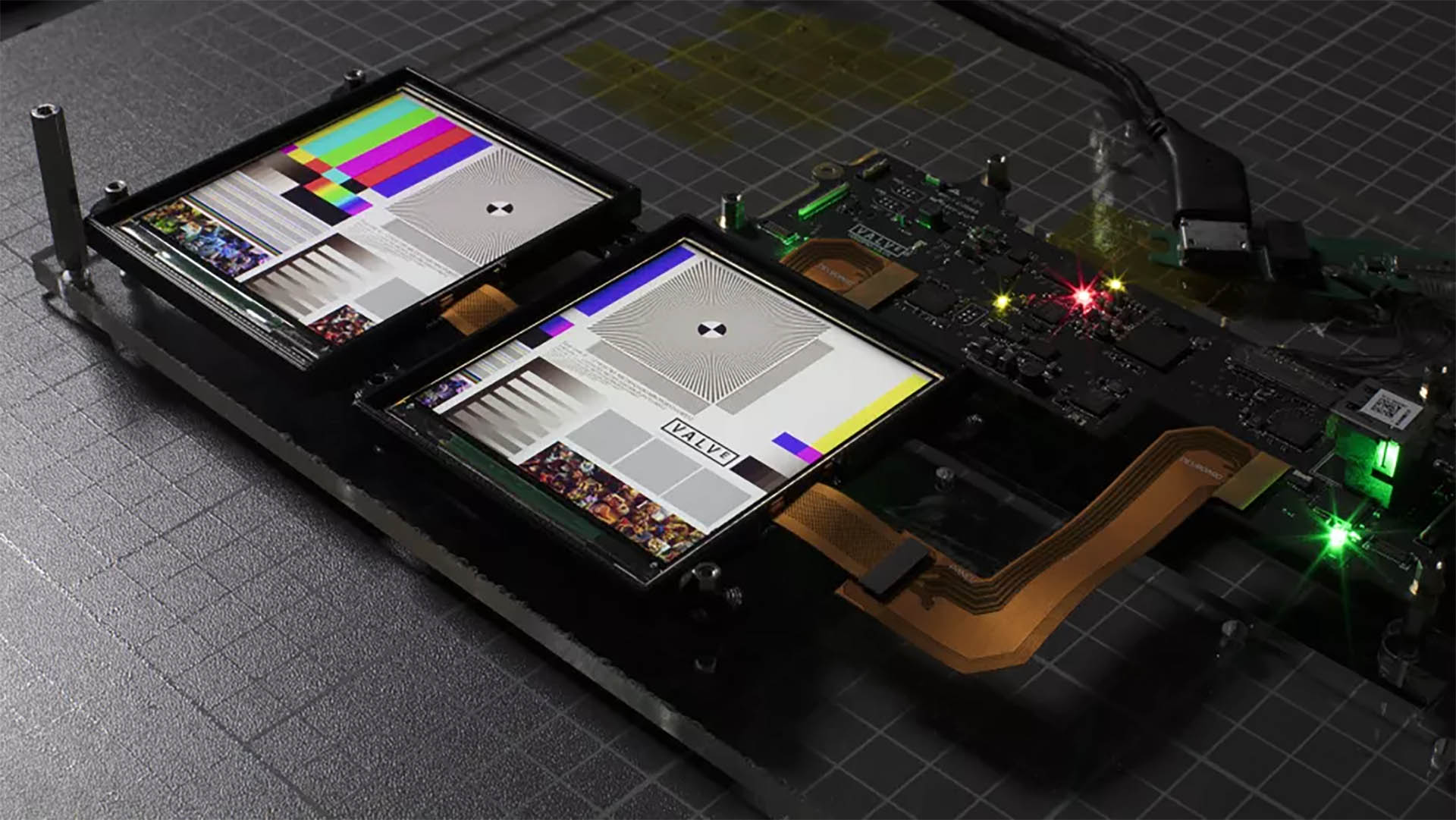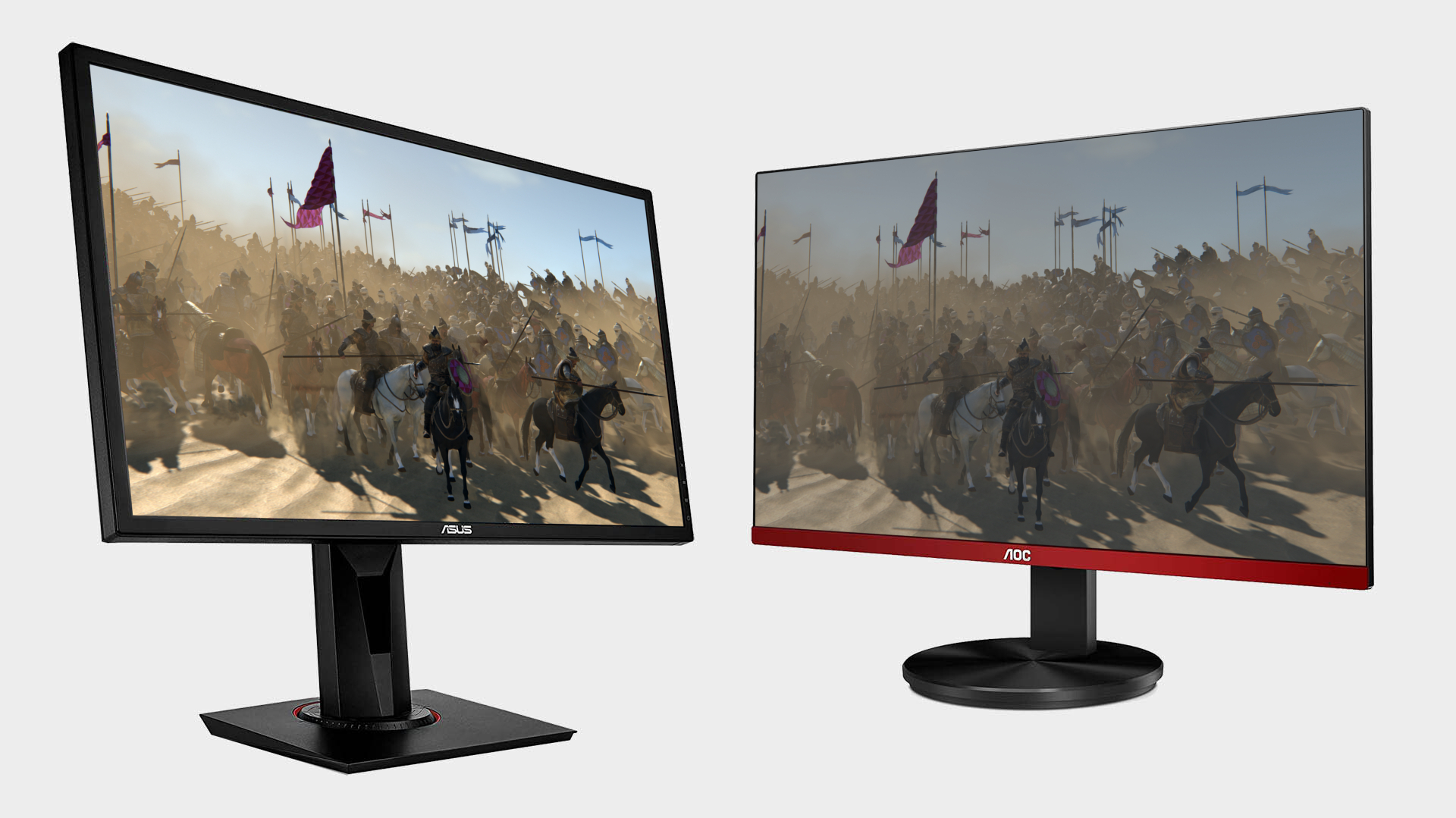A 10,000 PPI screen from Samsung and Stanford may be perfect for VR
A new type of OLED display could finally slam shut the screen door effect for good.

Researchers from Samsung and Stanford have come up with a variation of organic light-emitting diode (OLED) technology that packs way more pixels per inch than any current display—10,000 or more, compared to hundreds of pixels per inch as found on even the most expensive smartphones. What's especially exciting about the technology is that it would be ideal for next-gen VR headsets.

Best gaming monitor: pixel-perfect panels for your PC
Best 4K monitor for gaming: when only high-res will do
Best 4K TV for gaming: big-screen 4K PC gaming
Even the best VR headsets exhibit what is known as the screen door effect, whereby a viewer can make out the lines between pixels, like looking outside through a screen door. This happens because headsets essentially jam the display lenses just inches away from a viewer's eyeballs. And the best way to combat it is by cramming more pixels into the lenses.
Samsung and Stanford have figured out a way to up the OLED ante considerably. In a paper published to the journal Science (via IEEE Spectrum), the researchers describe using nano-patterned meta-surface mirrors on an added layer of reflective film in traditional OLED screens. There is also another layer of reflective film added to the mix, made of silver. Emitted white light bounces between the two layers before ultimately bursting through the silver film.
The pixels on the meta-surface get split into four subpixels, and the OLED films determine which ones light up. This allows for much more densely packed pixels.
"This new architecture facilitates the creation of devices at the ultrahigh pixel densities (>10,000 pixels per inch) required in emerging display applications (for instance, augmented reality) that use scalable nano-imprint lithography. The fabricated pixels also offer twice the luminescence efficiency and superior color purity relative to standard color-filtered white OLEDs," the researchers say.
To put this into perspective, Samsung's Galaxy S20 sports an OLED screen with one of the most densely packed pixel arrays in a phone, at 563 pp. The Valve Index, meanwhile, checks in at 598 ppi.
How close is this to actually happening? According to Engadget, Samsung is currently building a full-size OLED display based on this technology. Furthermore, it is said this is a technology that could be mass-produced rather easily. Just at what cost...
The biggest gaming news, reviews and hardware deals
Keep up to date with the most important stories and the best deals, as picked by the PC Gamer team.
Paul has been playing PC games and raking his knuckles on computer hardware since the Commodore 64. He does not have any tattoos, but thinks it would be cool to get one that reads LOAD"*",8,1. In his off time, he rides motorcycles and wrestles alligators (only one of those is true).


